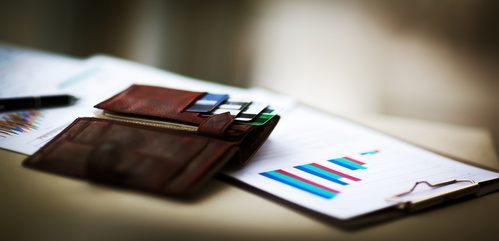More U.S. consumers turn to deferred payment options
by December 13, 2024 10:28 am 434 views

With consumers trying to stretch holiday budgets while also avoiding high credit card interest rates, more shoppers are turning to buy now, pay later (BNPL) options. Adobe Analytics projects BNPL purchases will total $18.5 billion in the final quarter of 2024.
Adobe found the cost of using BNPL options is less than the average 22.63% interest rate charged on credit cards. Adobe also reports that BNPL purchases grew 14.3% between 2022 to 2023 to $75 billion. This year that total is expected to eclipse $80.7 billion, a gain of 7.7%.
The payment method is expected to set new records this season, driving $18.5 billion in online spending, up 11.4% year over year. Adobe predicted BNPL would hit $9.5 billion during November 2024, making it the largest month on record.
Adobe found that 39% of millennials plan to use BNPL services this season, followed by 38% of Gen Z. Most common reasons cited for using BNPL include freeing up cash and the ability to purchase something they couldn’t afford otherwise. Experian reports that the average purchase amount of a BNPL loan is $132.
Lending Tree found that 35% plan to use BNPL options when holiday shopping. The 2024 LendingTree survey indicated that consumers used the loans for everything from groceries and dining out to travel, technology items and home decor. Lending Tree survey data found that consumers who adopt BNPL spent 9% more than those who use other methods of payment. Also, the BNPL shoppers’ basket sizes were 10% larger on average than they were before the introduction of BNPL.
Lending Tree data also suggests consumers who most used the BNPL were those who relied heavily on credit which could facilitate over-borrowing and further financial hardship, and has raised concern among policymakers as the industry is largely unregulated.
Liz Pagel, senior vice president and head of consumer lending at TransUnion, said BNPL is here to stay because consumers find value in the product and they like the experience of using it. TransUnion is working on a solution to allow for credit reporting on BNPL loans. Pagel said this comes as the financial services industry is clamoring for visibility into BNPL data and consumers also see the benefits of credit reporting.
The federal Consumer Financial Protection Bureau found that BNPL is used mostly by those earning $20,000 to $50,000 annually and those with consistently low credit scores. The bureau said it’s important that BNPL risks to consumers be monitored, and the system be regulated to protect consumers.
“A survey by the Federal Reserve System on the economic well-being of U.S. households in 2022 showed that 56% of BNPL users said they chose that method because it was the only way they could afford the purchase,” said Peter Ramer, senior analyst at RSM US. “As online and mobile shopping has continued to grow, retailers have noticed that offering BNPL options can result in increased sales, basket size and repeat customers.”
Harvard Business Review found that BNPL increases consumer spending by as much as 26%. HBR notes that BNPL’s ability to divide the cost of purchases into smaller installments gives consumers a sense of greater control over their budget. Installment payments feel more manageable than larger payments, even when the larger payments are delayed. The caveat is that the smaller installment amounts make consumers perceive costs as more trivial.
While the BNPL industry continues to attract more fintech players, Lending Tree reports PayPal is the most widely used platform with 53% of the U.S. market share. Affirm has 37% of the market share, AfterPay is at 33% and Klarna has 30%.
